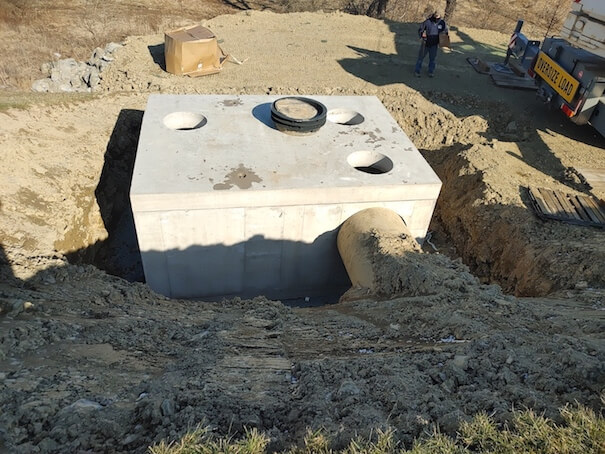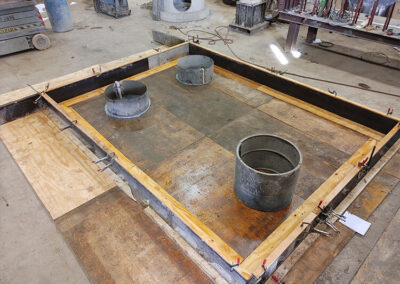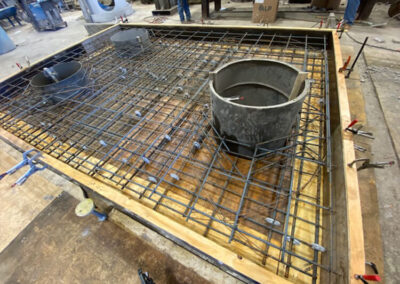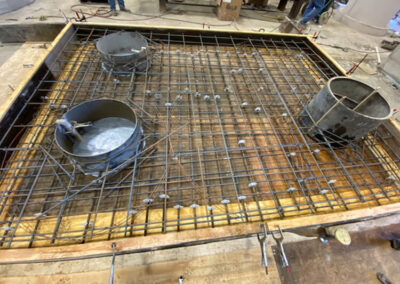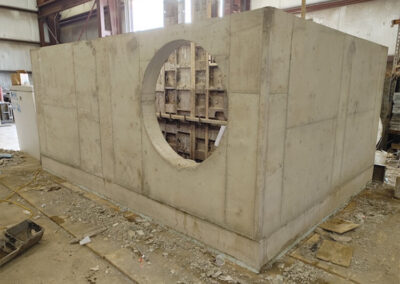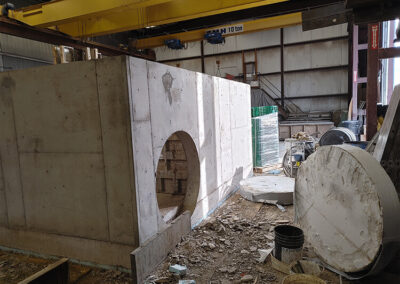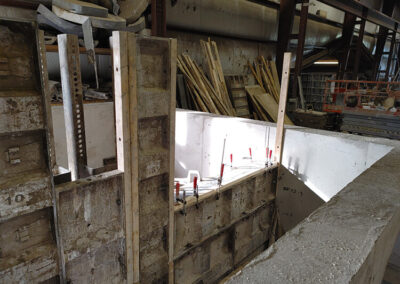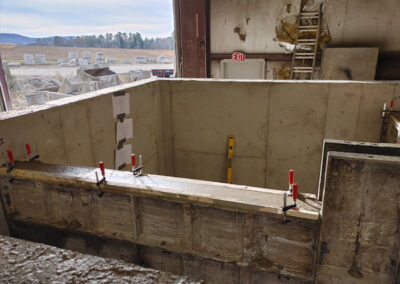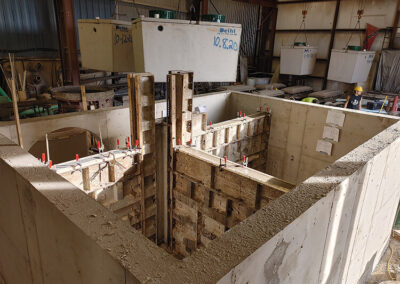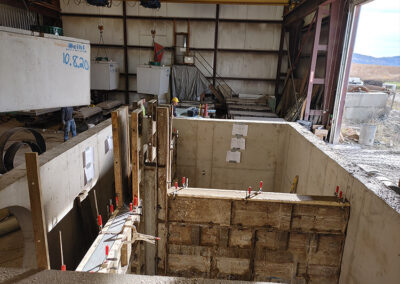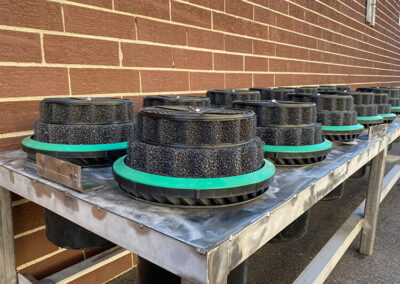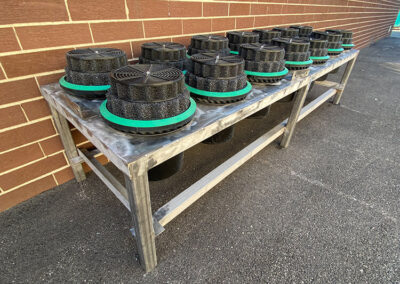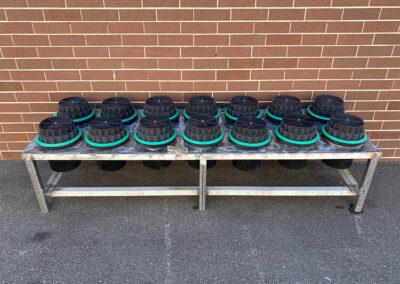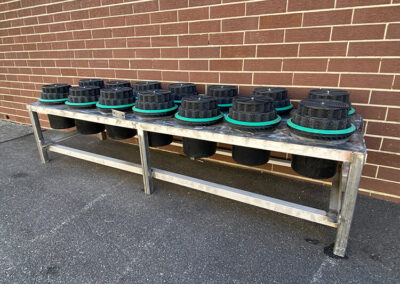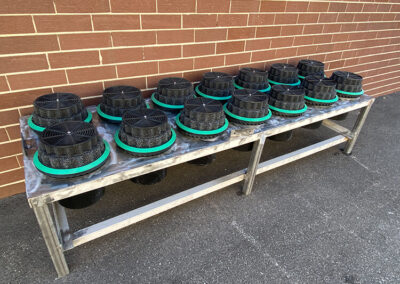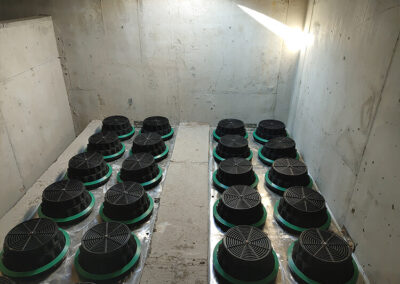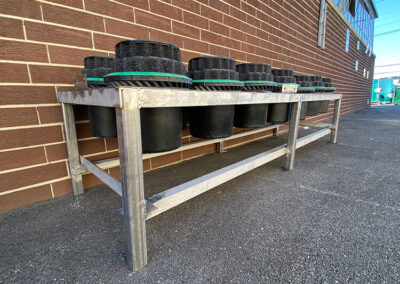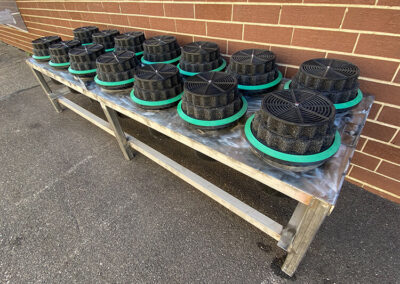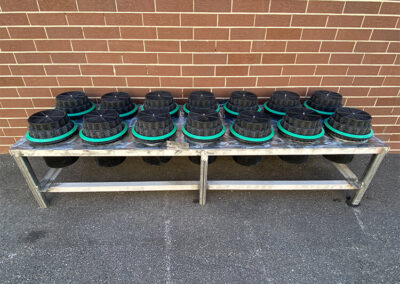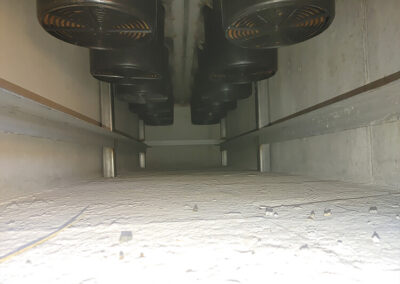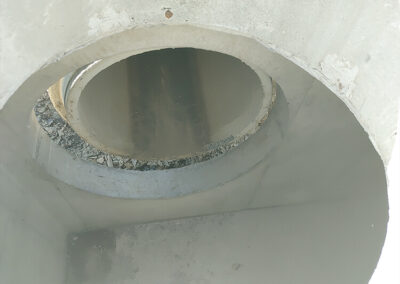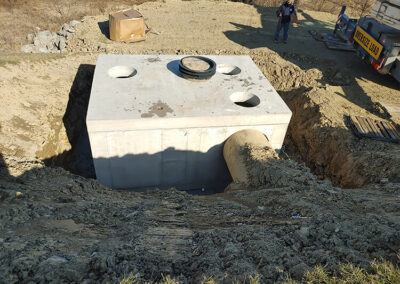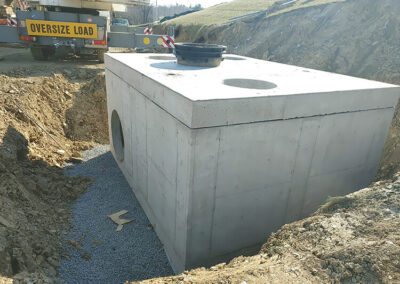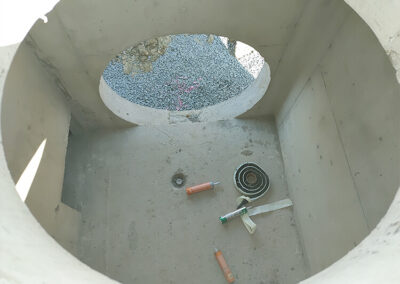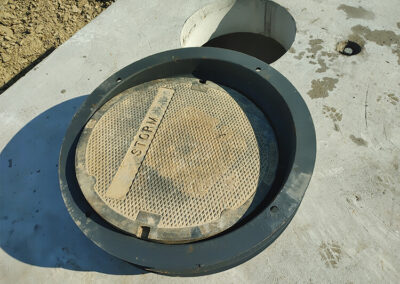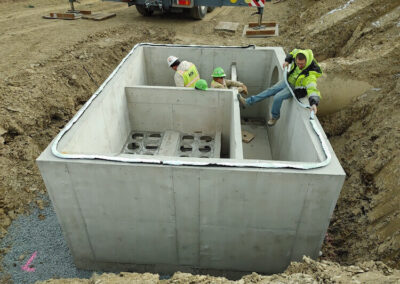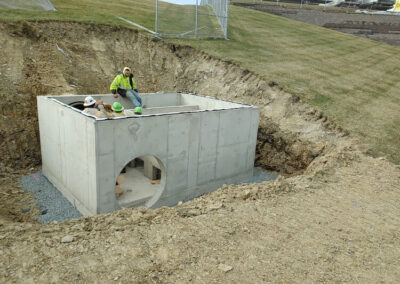Stormwater Vault Project In PA
A stormwater vault system was required at the Dollar General Corporation, an American company that has a chain of over 16,000 variety stores in the continental United States. To keep up with customer demand, the business needed a new, updated warehouse in Eastern Pennsylvania. The site development of this new warehouse required compliance with Federal, State and Local post-construction stormwater management requirements. As the project proceeded, the conditions of the site required specialized water treatment solutions. The answers came from Exeter Supply who addressed the challenge with specialized products from Fabco Industries.

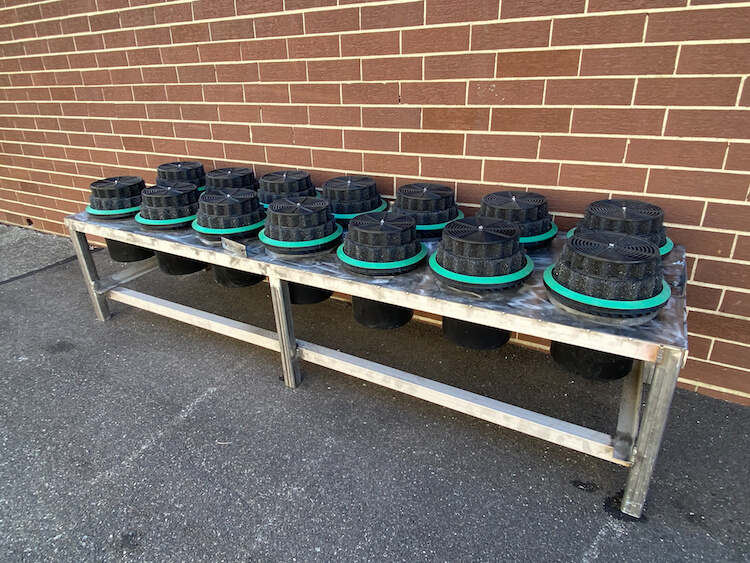
Before Fabco got involved, the warehouse project was a significant venture that required dependable stormwater control to ensure the regulatory compliance of stormwater runoff discharged to local receiving water bodies. The job demanded a large amount of excavation and a correspondingly large amount of soil displacement, all in a location limited by property lines. In any large project, the physical conditions can change from the initial drafts to the implementation, as was the case here. Evolving construction conditions resulted in the need to enhance the stormwater discharge water quality. This necessary increase in water quality output had to be delivered without a huge bill inflating the project’s cost. Exeter Supply performed this with Fabco Industries’ stormwater technology.
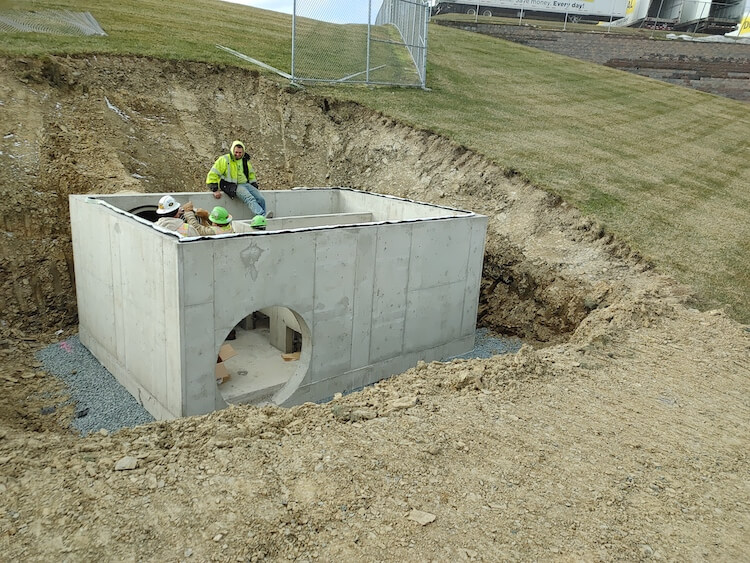
Successful stormwater projects have two main considerations: compliance with environmental regulations and cost. In this instance, the initial design had water treatment vaults that were extremely expensive from a per gallon or cubic foot of storage. Exeter Supply’s Kevin Rowe recommended the installation of a polishing treatment for the discharge that resulted from the original vault.
The sizing and pricing of the vault were driven by the need to treat the large discharge volume from the original system. The engineer filled out an initial sizing worksheet, paying special attention to details like pipe size, material type and angles. At this point, another issue had to be addressed. The vault was positioned into a sloped berm adjacent to a treatment pond. Then the vault had to fit between the initial discharge point and the property line.
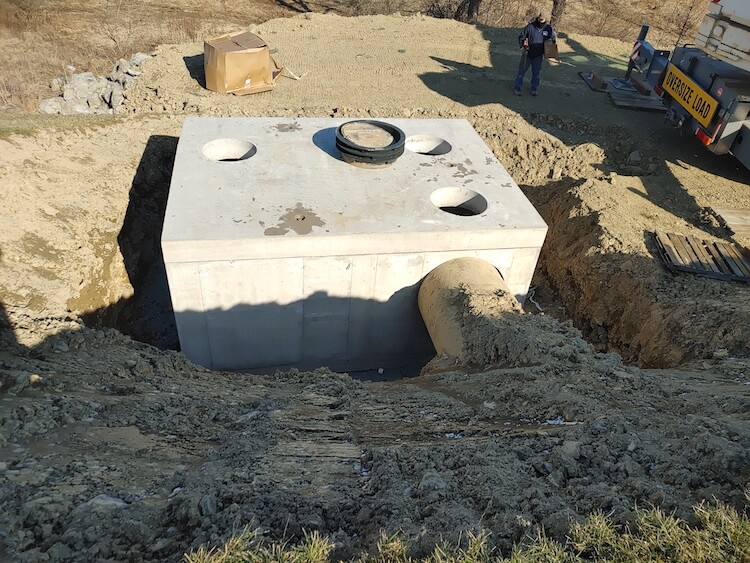
After the needed re-design of pipe sizes, types and angles, the project moved to the next phase: the Fabco StormSafe Filter Cartridge Vault System. The StormSafe Vault was manufactured by installing the Fabco steel deck and cartridges into the precast concrete structure. The vault was then transported and installed on the pad created for the installation. All that had to be done was connect the pipes.
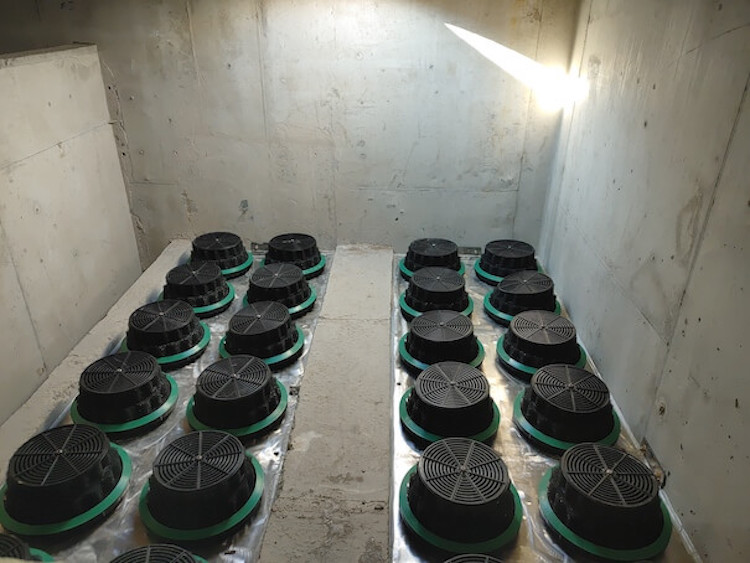
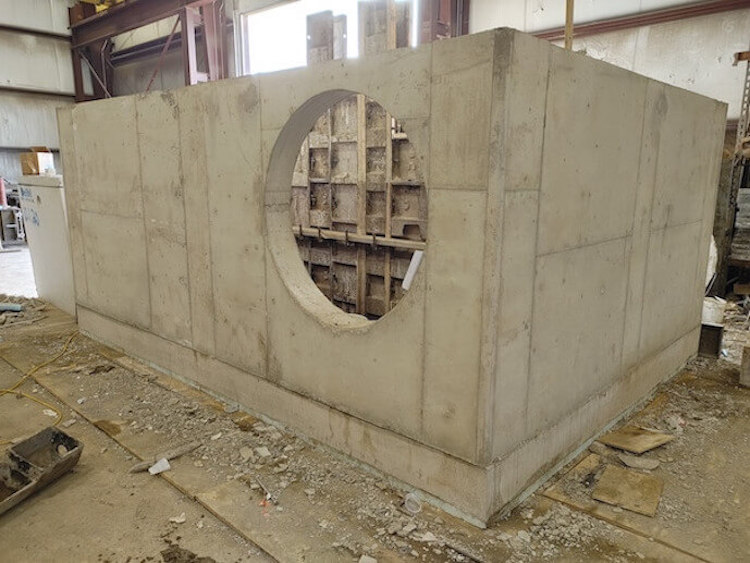
As the photographs in the gallery below illustrate, the installation is complete and achieves all the company’s objectives. All regulatory requirements are met. And Dollar General can continue servicing its clients.
Companies need to concentrate on their mandates, which is why so many rely on experts like Fabco, with a history of success, to deliver expertise when needed. Between vaults, specialized designs and filtration innovations, Fabco is ready to confront any stormwater challenge.
Stormwater Vaults are underground cast structures designed to hold large amounts of excess stormwater runoff from a developed area. They allow for the settling out of fine sediments, and are designed for flow control and the conveyance of stormwater during large storm events. There are several different types of storm vaults, including: 1) detention vaults 2) wet vaults (hold a permanent pool of water), and 3) infiltration vaults (which have holes or are bottomless allowing for infiltration onsite). Stormwater vaults include Fabco filtration cartridges filters
Stormwater vaults reduce peak discharge and detain stormwater runoff for a short period of time. These facilities are designed to gradually release stormwater via a control structure or release mechanism and completely drain after a design storm event (all detention volume should be drained within 72 hours). These detention facilities are designed to reduce peak flows that may cause flooding. They can be located along highway shoulders, parking lots, and hardscape surfaces. Stormwater vaults can be used in conjunction with other detention storage facilities, such as ponds, to provide initial or supplemental storage. Detention tanks, manifold detention systems, and vaults are typically located in developed areas where space is limited or where an open basin is not adequate. They can be found along a highway shoulder (Figure 5). Access manholes may sometimes be found on a highway’s pavement.
A detention tank is an underground large-diameter pipe with a flat or slightly sloping bottom. A detention tank receives high flows of stormwater runoff from an upstream WQ facility. A detention tank stores runoff in the main tank and gradually releases it through flow control structures connected to the tank. Detention facilities help reduce flooding in impermeable areas during storm events. The detained stormwater should drain in a manner to ensure that the entire storage volume is available for subsequent storms.

